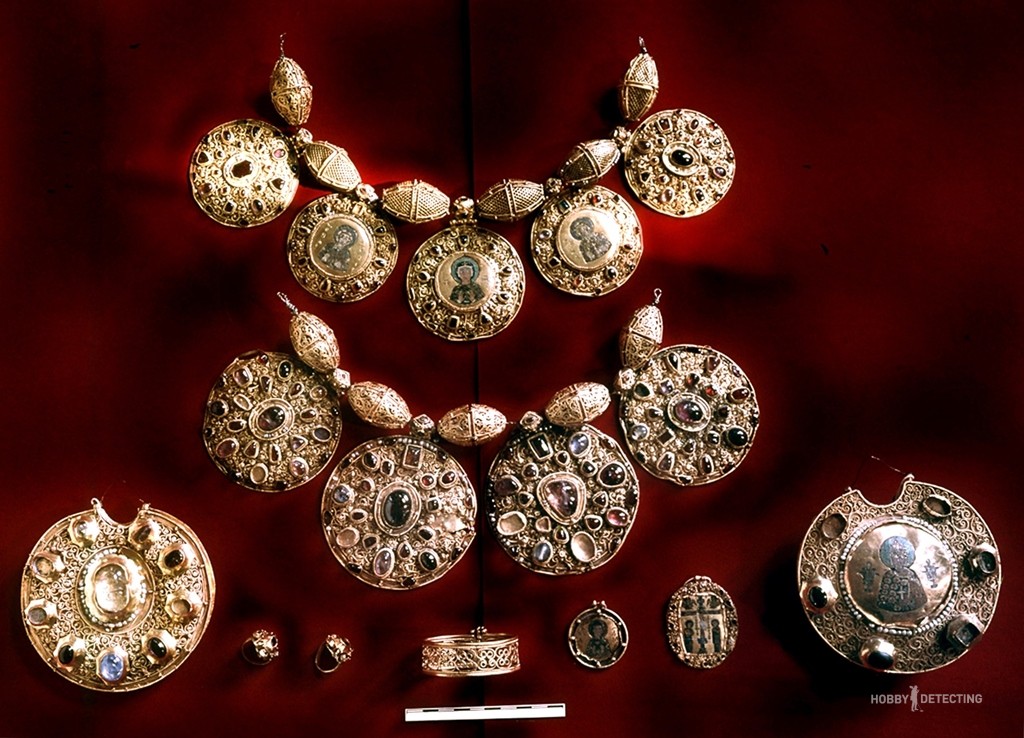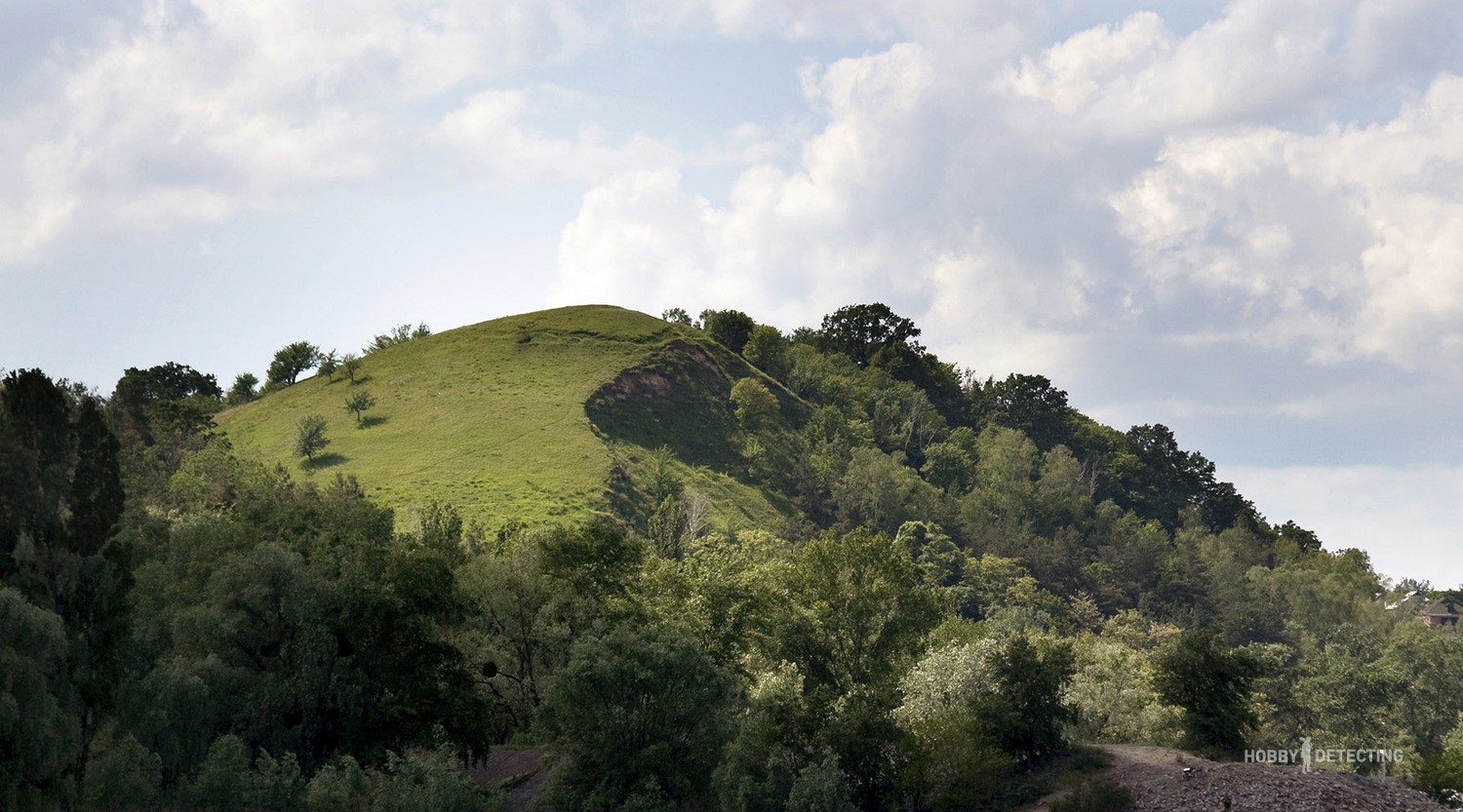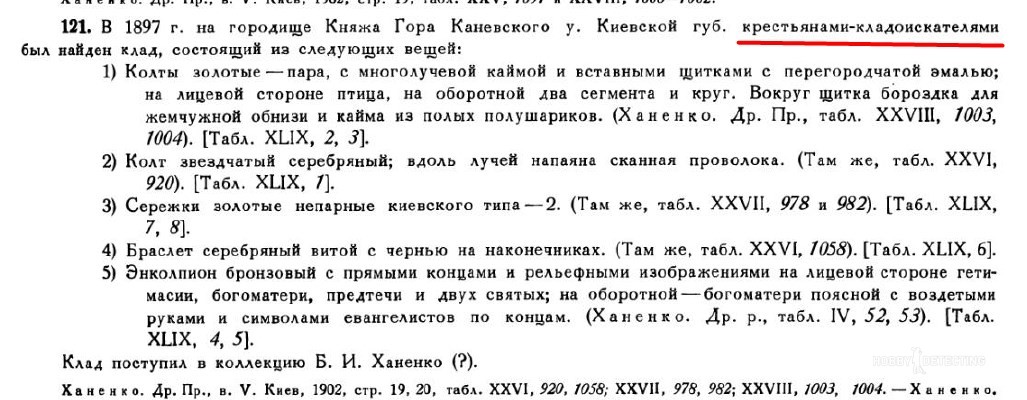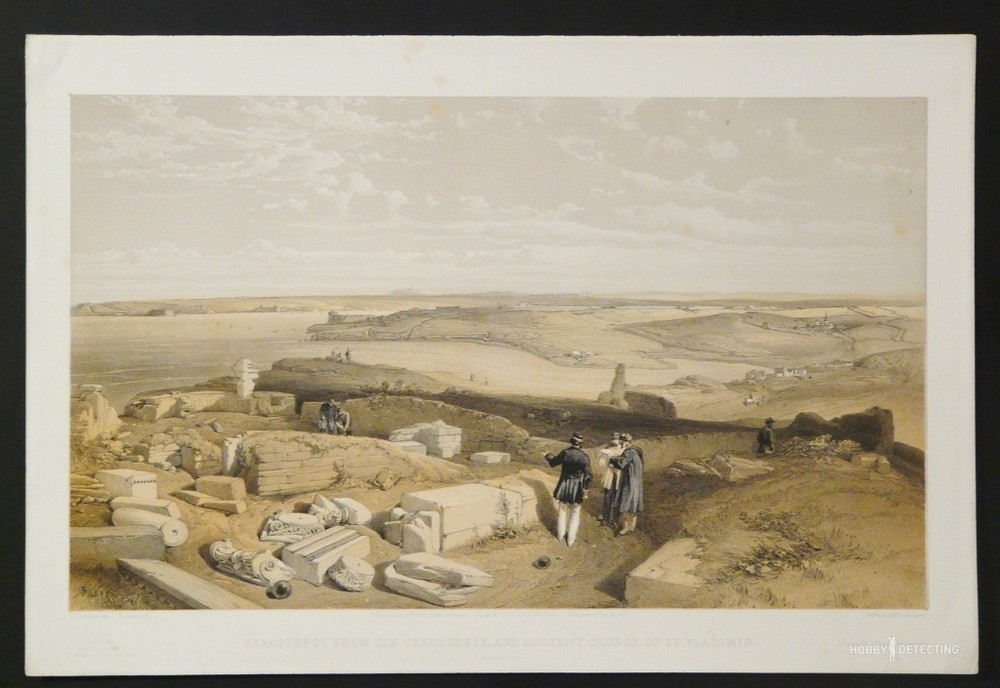Peasants treasure hunters, or a little history of treasures in the Russian Empire
Good mood to you, dear readers of our blog.
In the two previous notes we discussed the relationship of our state to treasures and treasure hunters during the period of the USSR and the New History of the Russian Federation. If anyone missed these stories, the links will be at the end of this article.
Today I want to tell you about how treasures were found and what the inhabitants of the Russian Empire could do with them according to the law in the 19th century. Interesting??? Then let’s begin.
In general, the history of treasure hunting in Rus’ dates back to the first chronicles – this is a separate topic, and we are specifically interested in the 19th century. But, nevertheless, you need to understand that at that time there already existed a law on treasures adopted under Catherine II, or as it was pleasant to say then “valuable luggage.” So, according to this law, the owner of the treasure was rightfully considered the owner of the land plot on which the treasure was discovered. After the creation of the Imperial Russian Archaeological Society in 1846, the question arose that it would be nice if, when treasures were discovered, subjects of the empire brought them (treasures) for study to the Provincial Scientific Archival Commissions. If the found treasure was hidden from study by the Commission, then it could be confiscated without any compensation.
Example: 1897 — peasant worker Mikhail Antonov Epifanov and peasant David Grigoriev Dyachkov dug a hole for poles that would serve as supports under the roof of the barn (hay dryer). While digging a hole to a depth of one arshin, they found a clay pot, which, when struck by a scraper, split and several gold and silver coins fell out of it. During the investigation into this case, it turned out that this money, as the peasant Epifanov testified, was deposited by his late father and uncle as wealthy people. In view of this, the police department, having taken from Epifanov and Dyachkov 17 gold 20 franc coins, a gold 40 franc coin, one gold, gold Italian, 2 gold 5 rubles semi-imperial, 10 silver coins of Spanish times and 13 silver Russian rubles from 1728 to 1881 . has the honor to accompany them to the archival commission, and adds that one ruble was taken from the number of coins for shipment.
The Ryazan Barmy Treasure. The history of this treasure itself deserves a separate story, but in the context of our article I cite it precisely as an example of a happy ending, when the treasure reached the museum and the peasant who found the treasure received a very substantial reward.

Ryazan gates — treasure in all its glory
Here is how it was. Serf peasant Ustin Efimov, together with his son Moses, while repairing a drainage ditch on the road from the village of Staraya Ryazan, discovered a decayed bundle in which numerous gold jewelry was stored. Ustin extracted from the ground everything that could be dug out with his hands. It was late in the evening, so my son and I decided to return to the site the next morning and dig further. However, when the peasant and his son arrived in the morning, they discovered that someone had already dug at this place and took out the gold jewelry remaining in the ground.
Ustin strictly ordered his son to remain silent and not to tell anyone about the find. And yet, a week later the police came to Ustin’s house and demanded that he voluntarily hand over the gold treasures he had found. It turned out that when Ustin and Moses found the treasure, they were seen by a fellow villager walking along that road to the village. A fellow villager hid in the bushes and, waiting for Ustin and his son to leave, dug up the remains of the treasure remaining in the ground. This fellow villager was less careful and on the very first weekend he went to the liquor store. There he decided to sell a small medallion in exchange for wine. What the owner of the tavern immediately reported to the local police officer.

Photo from the traveling exhibition. Photos of the treasure of the Ryazan barmas and a painting depicting the scene of the delivery of the treasure by Ustin Efimov.
So the entire treasure was transferred for special storage to the office of the Ryazan governor. And two years later, Acting Privy Councilor Aleksey Nikolaevich Olenin came to Ryazan on a special assignment. The Grand Duke’s jewelry was transported to the Kremlin Armory, Ustin Efimov received a monetary reward of 8,000 rubles. Translated into modern money, this is approximately 20 million rubles. With the money received, the peasant Ustin Efimov bought himself and his family, built a mill and opened his own store.
Treasures of the Prince’s Mountain. In the scientific work «Russian treasures of the 9th-13th centuries» (G.F. Korzukhina) Treasures from the pre-Mongol period were described and well systematized and found on the territory of the Russian Empire in the 19th century. Among other messages and descriptions, the treasures of the Prince’s Mountain stand as a separate group. This ancient settlement is located 40 kilometers from Kyiv. In Soviet times, archaeological excavations were not carried out at that site, because archaeologists, at that time, had nothing to do there.

Knyazhya (Knyazheya) Hill, modern view< /p>
At the end of the 19th century, the entire territory of the settlement, without exception, was dug up by local peasants in search of treasures hidden there. And, I must say, such interest in this place on the part of the peasants was not without meaning. In total, 12 treasures were discovered on Knyazheya Mountain over the course of 10 years. These are official statistics, although there could be more. The hoard included gold and silver jewelry from the 12th century. Presumably, the settlement was a settlement of jewelry makers and during Batu’s invasion the city was captured and burned. However, the residents managed to hide their treasures.

Half of the recorded treasures were found during official excavations, the other half during – quote: “predatory work of local peasants.” However, most of the treasures found by peasants were described by members of the Kiev Accounting Archival Commission and bought at a negotiated price by collectors and other interested parties. It was in these descriptions that I saw the phrase “peasant treasure hunters”

Traditions of treasure hunting among peasants in the 19th century.This is also a separate and very fascinating story worthy of a whole note. The fact is that there are known cases when serfs in the southern Black Sea villages almost completely abandoned agriculture and went to excavate the ruins of ancient settlements. It happened that with just one found antique coin, serfs paid the master’s annual dues, and there was still some left over for their own needs.
History describes cases of mass insanity among peasants in search of treasures. So, in the Smolensk province, at the beginning of the 20th century, there was a case when a village priest had a dream about where exactly to look for a treasure. After a bright and inspiring sermon to the peasants, almost the entire village went in search of the treasure. With prayers and signs of the cross, the peasants wandered through the forest for almost a month. The rural priest justified the fact that the treasure could not be found by the wickedness of the plans of individual treasure hunters. The district authorities managed to stop this whole story only after two hundred Cossacks were brought into the village. Particularly zealous treasure hunters were flogged, the peasants were sent to the fields to work, and the priest was exiled to Solovki
Granny’s jewelry. I read another interesting feature of the work of archaeologists of the 19th century in the same book «Russian treasures of the 9th-13th centuries» One of the most effective ways for archaeologists of that time to discover treasures was to visit rural fairs. No, don’t think that they were selling treasures from the shelves there. Everything was much more interesting. Archaeologists carefully looked at the jewelry of rich peasant women. It so happened that at the fair they could meet a whole family where the wife and several daughters were taking an important “walk” in the presence of the head of the family. At the same time, the wife and daughters were literally hung with princely jewelry from the 12th-13th centuries. To the questions of archaeologists “Where does such beauty come from??” There was a typical answer like “I inherited it from my grandmother”

And then, archaeologists, in particular the same Gorodtsov, turned to the head of the family with a lucrative offer. So and so, there are people – connoisseurs of antiquities, who are ready to buy these jewelry from you for an amount that seems interesting to you. If the peasant agreed, then a collector would soon come to him and buy the jewelry. At the same time, I received scientific information about where and under what conditions the treasure was found.
In general, the attitude of official archaeologists themselves in the 19th century towards the objects found and collected can be revealed in one example. Thus, Dmitry Tikhomirov in “Notes on archaeological research in the Ryazan province” Moscow 1844. Reports that as a result of scientific work on the study of the surroundings of the village of Staraya Ryazan, it was possible to collect an impressive collection of ancient silver money. This collection was sold at the persistent and respectful request of a passionate collector M.
How treasures were redeemed from the population??? I think a striking and illustrative example of this will be an extract from the archives of the Ryazan Archival Accounting Commission .
Example: 1906 — peasant Avil Astakhov found a treasure of silver coins in the amount of 225 pieces at a nominal value of 88 rubles 25 kopecks, from the reign of Catherine I, Elizabeth Petrovna, Catherine II. The treasure was handed over to the museum. The museum curator left 15 pieces from this treasure for the ruble department, namely: 1711, 1763, 1762, 1772 (two), 1774, 1775, 1769, 1757, 1753, 1745, 1749, 1730, 1732, 1743. Poltin 5: 1737, 1733, 1725, 1752, 1744, 5 half-poltin 1754, 1763, 1752, 1746, 1748, 3 20 kopecks. — 1762, 1765, 6 to 15 kopecks. — 1743, 1746, 1756, 1772, 1770 Only 37 pieces for 20 rubles. 40 kopecks The finder was given 22 rubles. The remaining coins were returned as having no scientific value.
Yes, dear friends, they paid for the treasure at the face value of the coins. For the ruble minted by Peter I they paid with the ruble of Nicholas II. Whether this is right or wrong is up to you to decide. But, at that time, the found treasures of money that did not reach the museums were also distributed to drinking shops in a one-to-one denomination. But we remember the story about peasants in the southern provinces who made good money on antique coins. So it’s all about knowledge, and knowledge is power.

Thank you for your attention and if you have not yet subscribed to our Zen channel, then correct this omission, we have a lot of interesting and exciting material. And there will definitely be even more coming out.
Promised links to previous materials on the topic.
Three treasures of modern Russia that never reached Gokhran
How in the USSR Gokhran accepted treasures from the population
